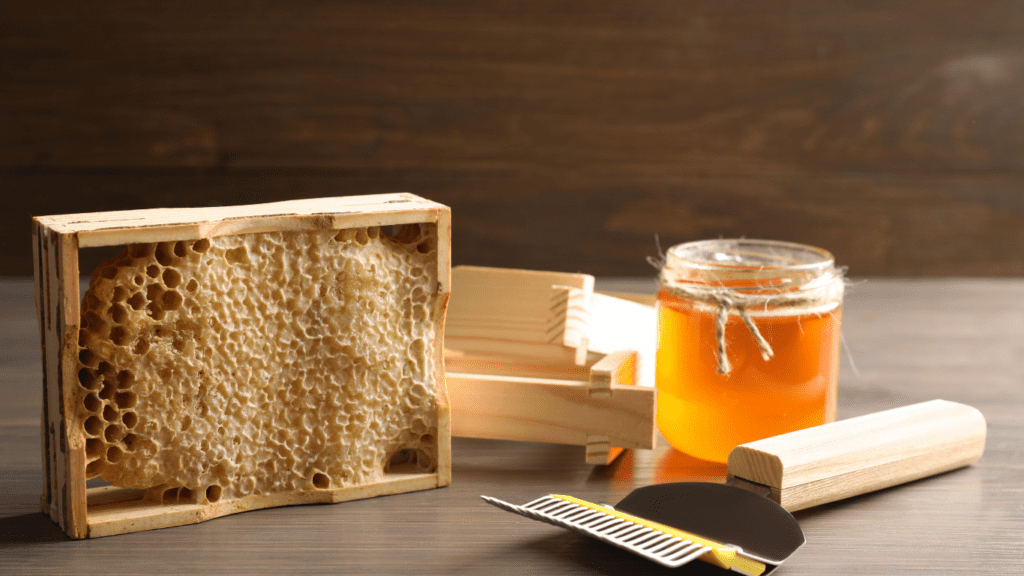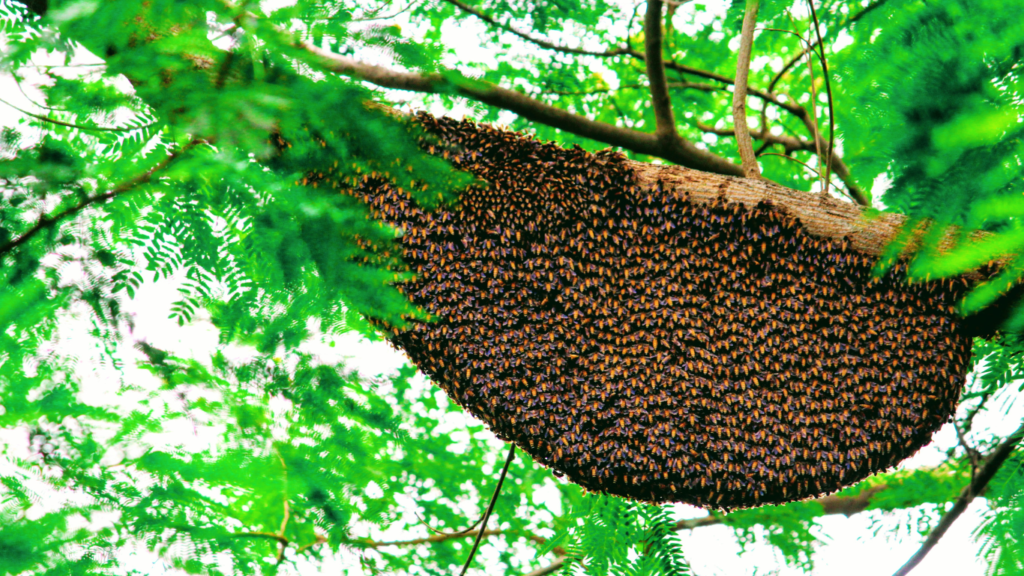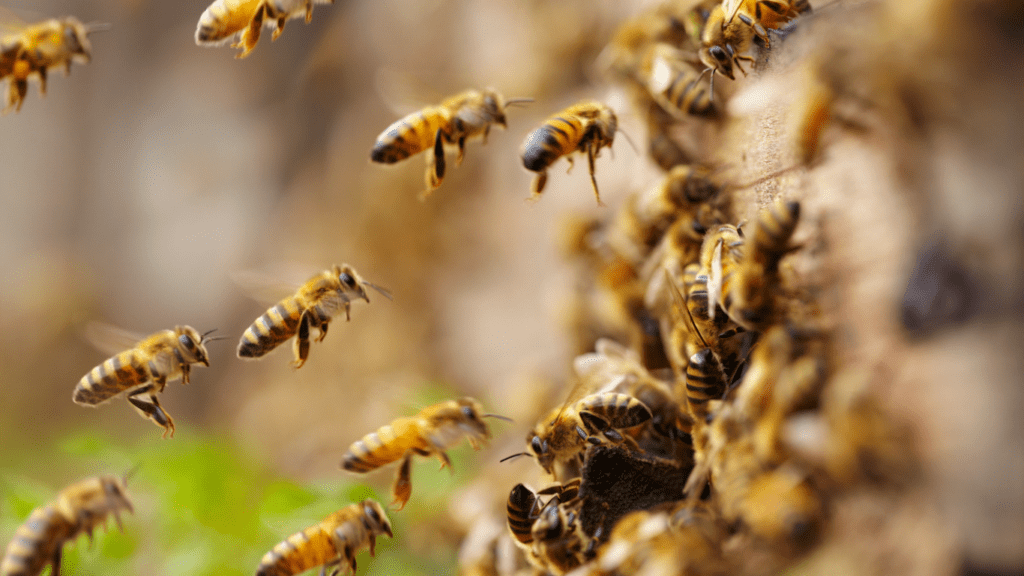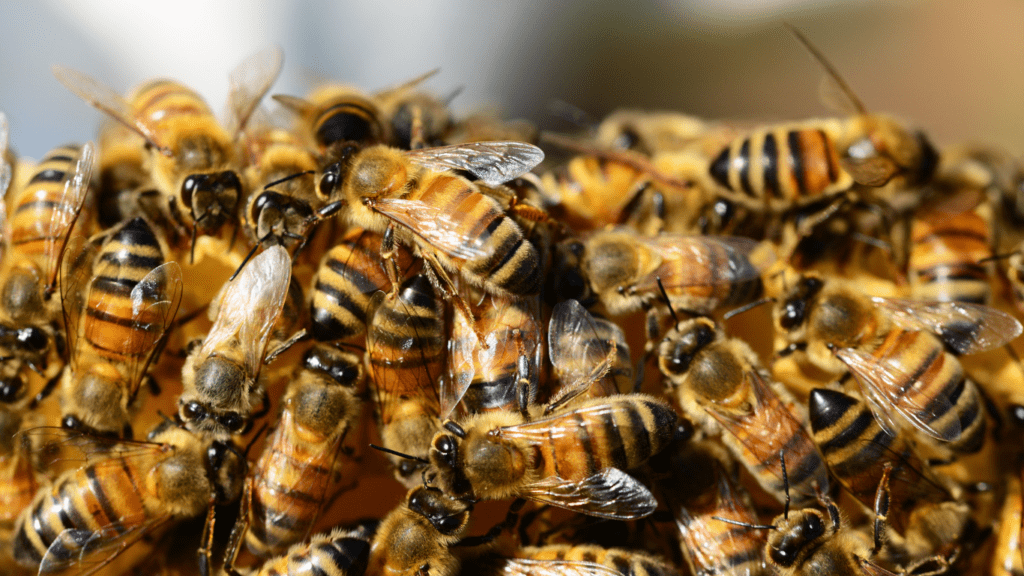Specialty Honey
Specialty Honey: Discovering Nature's Unique Nectars
Specialty honey is a treasure trove of diverse flavors, textures, and aromas that showcases the remarkable variety found in the world of honeybees. From monofloral honey derived from specific floral sources to rare and exotic varieties, specialty honey offers a captivating journey into the intricate world of honey production. In this article, we will explore the fascinating realm of specialty honey, delving into its origins, characteristics, health benefits, and culinary applications.
Specialty Honey:
Specialty honey is crafted when honeybees collect nectar from specific floral sources, resulting in unique flavors and properties. The availability of specific plants and the geographical location influence the production of specialty honey. These distinctive nectar sources can range from single flowers to rare botanical treasures found in specific regions of the world.
Specialty honey can be categorized into two main types: monofloral and polyfloral honey.
- Monofloral Honey: Monofloral honey is produced when honeybees predominantly collect nectar from a single type of flower. This results in honey with distinct flavor profiles, colors, and aromas. Examples include lavender honey, orange blossom honey, and Manuka honey.
- Polyfloral Honey: Polyfloral honey, also known as wildflower honey, is derived from a variety of flowering plants. The bees gather nectar from multiple sources, creating a rich and complex flavor that reflects the diverse floral landscape. It captures the essence of the local flora, making each batch of polyfloral honey unique.
Specialty honey showcases a wide range of characteristics that make each variety special. Here are some notable features:
- Flavor Profiles: Specialty honey boasts a spectrum of flavors, from delicate and floral to bold and robust. Each variety carries the distinct essence of its nectar source, providing a nuanced and memorable taste experience.
- Aromas: The aroma of specialty honey can be equally diverse and captivating. Some varieties exude floral notes, while others may have hints of herbs, fruits, or even earthy undertones, adding complexity to the overall sensory experience.
- Colors: Specialty honey exhibits a palette of colors, ranging from pale golden hues to deep amber or even dark brown shades. The color is influenced by the specific nectar source and the natural compounds present in the honey.
- Textures: The texture of specialty honey can vary from smooth and velvety to creamy or crystallized, depending on the specific variety. Each texture lends a unique mouth feel, adding to the overall sensory pleasure.
Specialty honey offers not only enticing flavors but also potential health benefits. While these benefits may vary depending on the floral source and processing methods, honey, in general, possesses several health-promoting properties:
- Nutritional Value: Specialty honey is a natural sweetener rich in vitamins, minerals, antioxidants, and enzymes. It provides an energy boost and can be a healthier alternative to refined sugars.
- Healing Properties: Certain specialty honeys, such as Manuka honey, are renowned for their antibacterial and wound-healing properties. They are often used in natural remedies and skincare products.
- Soothing and Digestive Support: Honey, including specialty varieties, is known for its soothing effect on the throat and its potential to alleviate coughs and sore throats. It may also aid in digestion and support a healthy gut.
Specialty honey’s unique flavors and characteristics lend themselves well to various culinary creations. Here are some ways to enjoy specialty honey:
- Tasting and Pairing: Sample specialty honeys to appreciate their distinct flavors. Pair them with cheeses, fruits, or artisanal bread for a gourmet tasting experience.
- Gourmet Recipes: Incorporate specialty honey into recipes that showcase its flavors. Use it as a glaze for roasted meats, as a sweetener in marinades or dressings, or as a key ingredient in decadent desserts.
- Tea and Beverage Enhancements: Add a drizzle of specialty honey to your favorite teas or beverages to enhance the flavor profile and add natural sweetness.
- Cheese and Charcuterie Boards: Pair specialty honey with a selection of cheeses, cured meats, and accompaniments for a delightful combination of flavors and textures.
- Unique Culinary Adventures: Experiment with specialty honey in creative ways, such as incorporating it into ice creams, baking bread, infusing it into cocktails, or using it in homemade granolas or energy bars.
Specialty honey captivates the senses with its array of flavors, aromas, and textures, derived from unique floral sources around the world. From monofloral treasures to wildflower blends, each variety offers a distinct taste experience that showcases the remarkable diversity of honey production. Explore the world of specialty honey, savor its flavors, and embrace its culinary versatility, as you uncover the enchanting and delectable possibilities that these extraordinary nectars have to offer.
More From The Hive:

Unveiling Turkey’s Sweet Symphony: Exploring Honey Types and Varieties
Turkey, a land where ancient traditions meet breathtaking landscapes, has a rich history of honey production and a remarkable diversity of honey types. With its diverse climate zones, vast floral resources, and a strong culture of beekeeping, Turkey offers an ideal environment for bees to gather nectar and create a

Discovering Ethiopia’s Golden Treasures: A Journey Through Honey Types and Varieties
Ethiopia, a land known for its rich history, vibrant culture, and breathtaking landscapes, is also celebrated for its diverse and high-quality honey production. With its lush forests, fertile valleys, and vast floral resources, Ethiopia offers an ideal environment for bees to thrive and create a wide range of honey types.

Getting Started with Beekeeping: Essential Equipment and Supplies
Starting your journey as a beekeeper is an exciting endeavor that allows you to connect with nature, support pollinators, and reap the rewards of honey production. To set yourself up for success, it’s crucial to have the right equipment and supplies. In this blog, we will guide you through the

Choosing the Right Hive: Exploring Different Beehive Types
Selecting the right beehive is a crucial decision for beekeepers. The beehive serves as the home for your honeybee colony and plays a vital role in its success and productivity. With various hive types available, it’s important to understand their unique characteristics and suitability for your beekeeping goals. In this

The ABCs of Bees: A Beginner’s Guide to Understanding Bee Basics
Bees are incredible creatures that have been buzzing around for millions of years, playing a vital role in our ecosystem. From pollinating flowers to producing delicious honey, bees are an integral part of our natural world. If you’re new to the world of bees and want to unravel the secrets

The Secret Life of Bees: Unraveling the Intricacies of Bee Behavior
Bees, with their intricate social structure and fascinating behaviors, lead a secret life that is both awe-inspiring and complex. As we delve into the hidden world of bees, we uncover a realm of communication, cooperation, and efficiency that is vital to their survival and our ecosystem. In this blog, we
